This Week At Angama #57
8 March 2019 | This Week at Angama | Adam Bannister
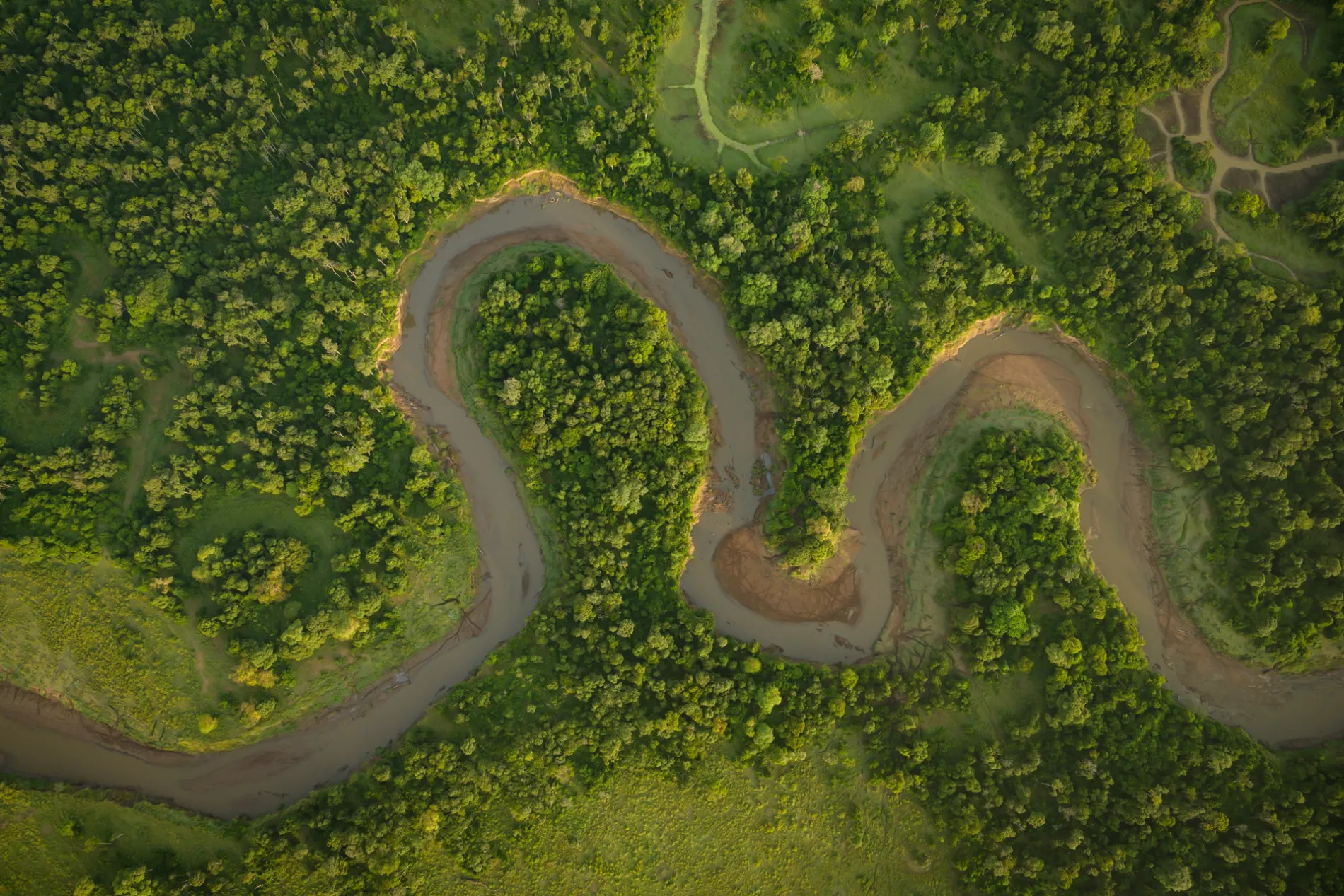
Having been away from the Mara for the last three weeks, I was excited to get back into the thick of things. Something I love about living in a reserve such as the Maasai Mara is being able to watch the seasons change. Going out nearly every day affords one the opportunity to get to know individual characters and to see the landscape take on different faces. It is my pleasure to capture these and to show them to you.
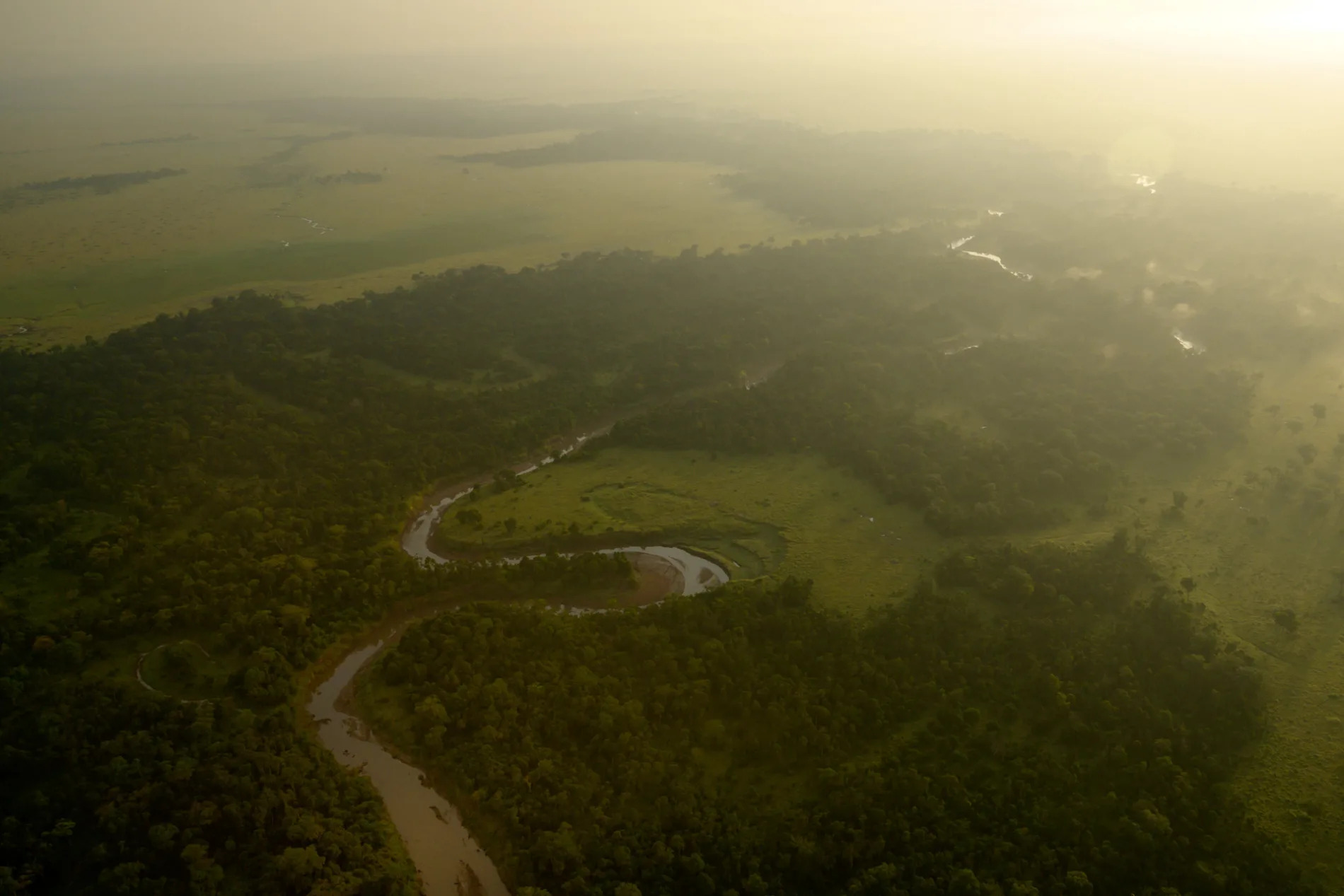
Just over a year ago, I went on my first hot air balloon flight across the Maasai Mara. It was sensational. Since then, I have been lucky enough to have gone on six flights, each as phenomenal as the next. Word for word, I can copy and paste my caption from the 23rd January last year, as it still holds completely true. “What better way can there be to understand a new landscape than to float above it? To momentarily soar in the clouds like a bird, looking down on all creation. The Mara River, the artery of this ecosystem, meanders its way through the legendary Maasai Mara below.” [f 5.6, 1/800, ISO 1000, +0.67]

After my vacation away, I couldn’t wait to get back and see the changes in the landscape. Whilst I was away I heard news, and saw photographs, of the Mara River nearly drying up. I was worried. Although still low, I am happy to report the river level is rising. [f 5.6, 1/200, ISO 1000, +0.33]
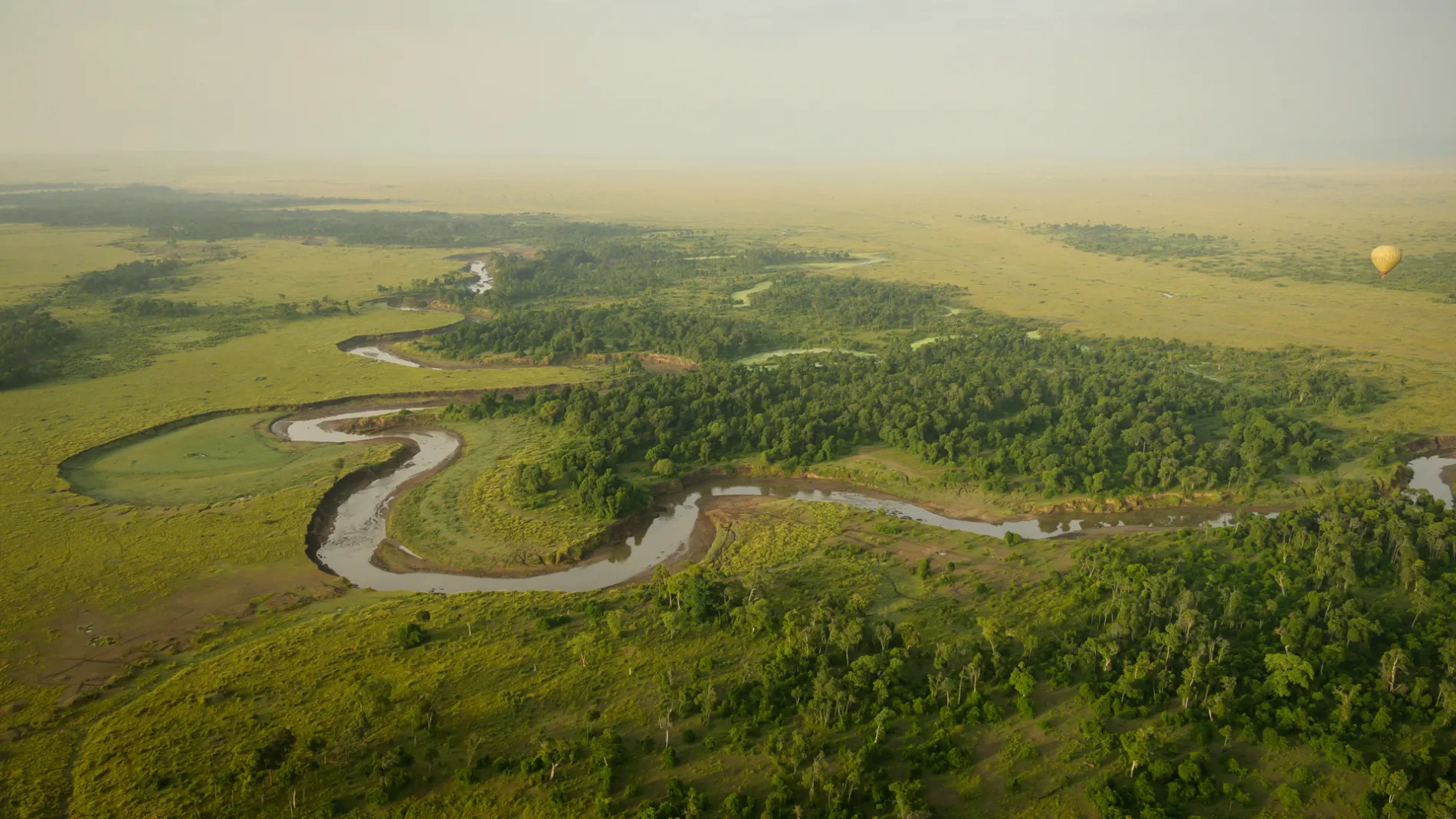
The impact of the Mara River is best understood from above. At first glance the Mara ecosystem seems like a massive grassland. Floating above you can see how forested the areas along the riverbank actually are. An area that houses incredible biodiversity. [f 5.6, 1/500, ISO 1000, +0.33]
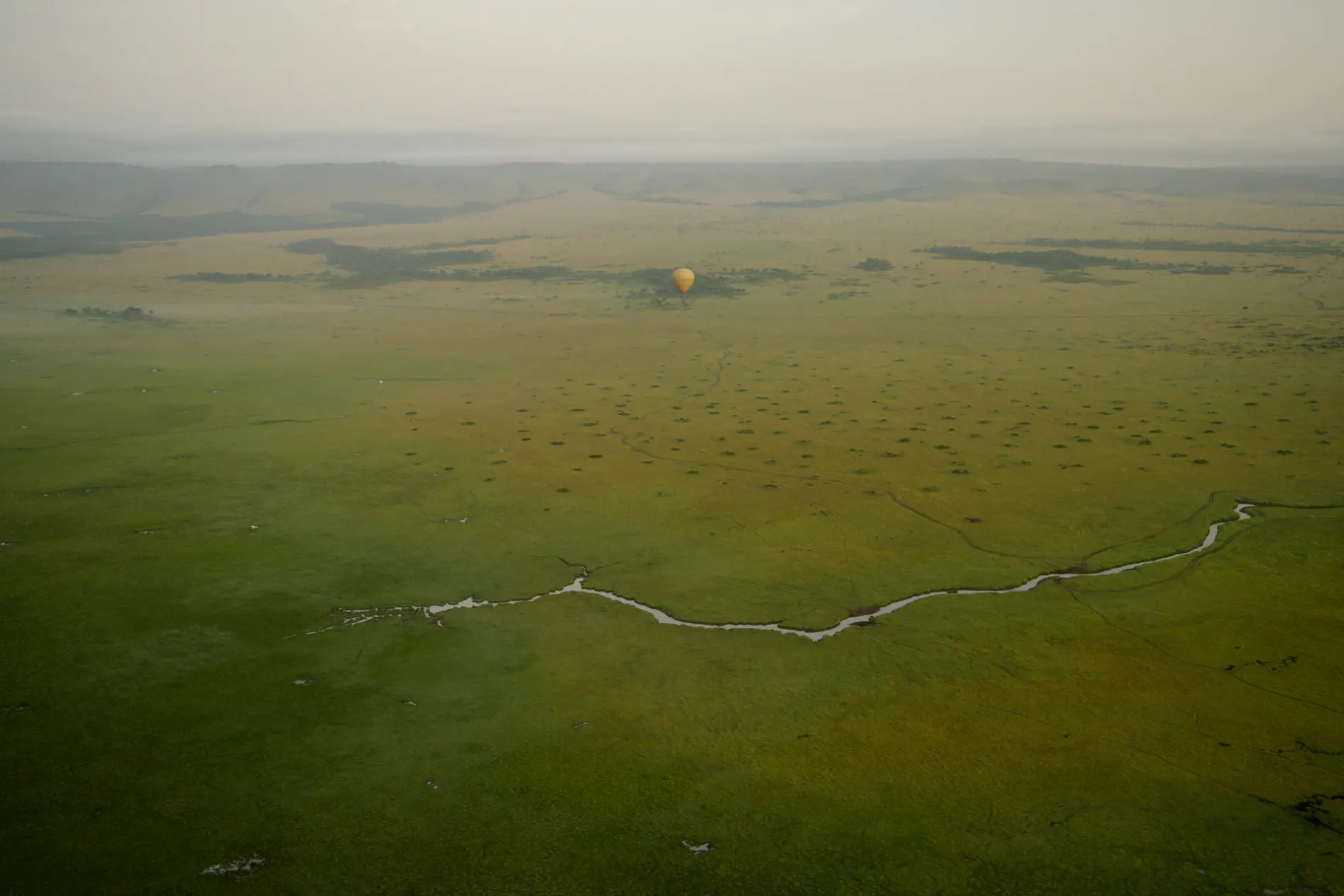
The size of this reserve continues to amaze me. I purposefully left the other hot air balloon in the frame of this picture to provide a sense of scale. [f 4.0, 1/640, ISO 1000]

As the rains come so the grasses grow. As a photographer I can approach this in one of two ways: get frustrated or embrace it. I choose to embrace the challenge and look for the opportunities that the grasses create – wonderful scenes impossible to capture in the drier months. [f 5.6, 1/400, ISO 160]
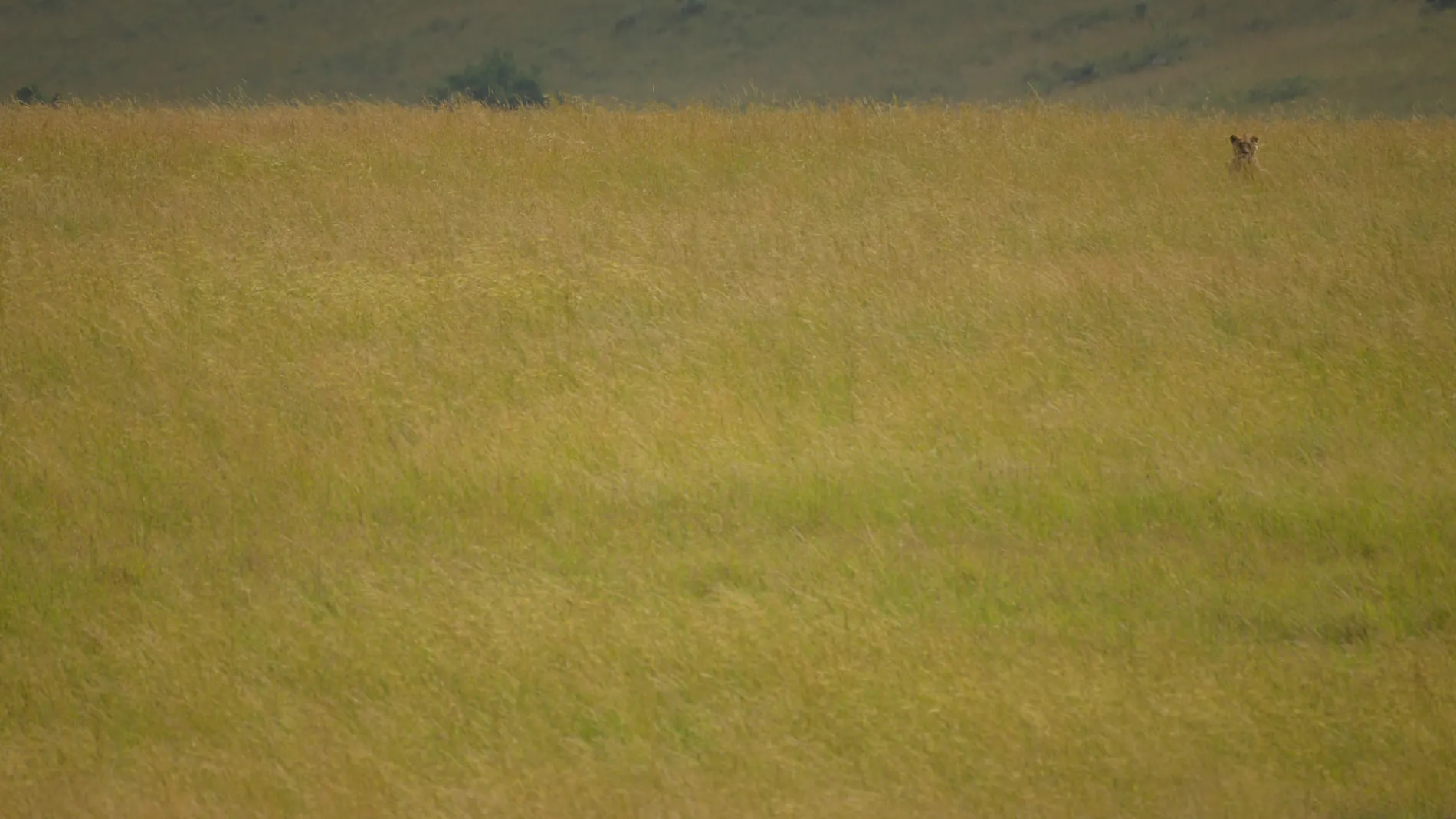
I am always on the lookout for scenes that shout out “Only in the Maasai Mara!” [f 5.6, 1/1000, ISO 160]
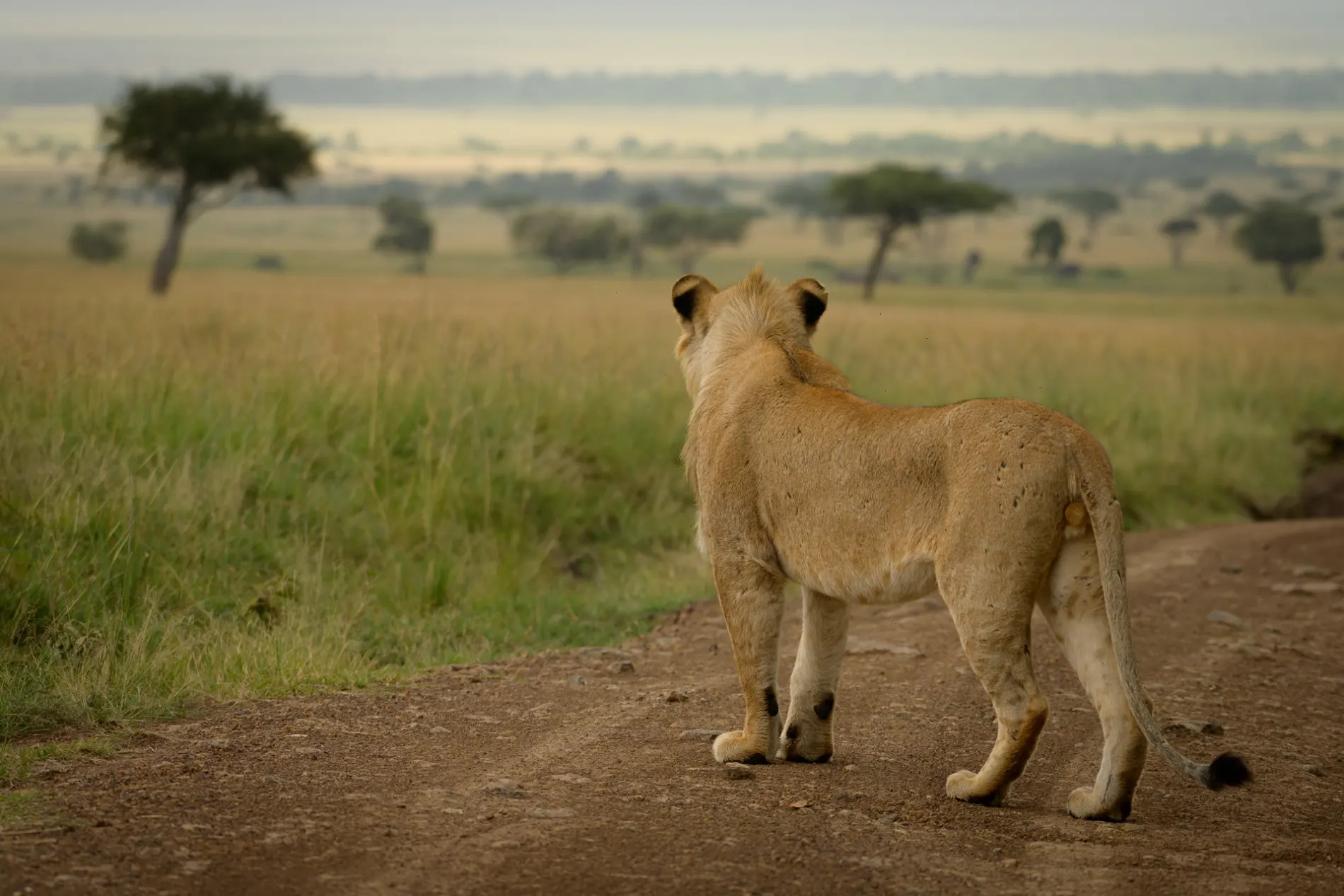
The young males in the Angama Pride are starting to get really big. I found this male all alone walking in the heart of his mother’s territory. Tough times lie ahead for this individual. [f 5.6, 1/640, ISO 250]
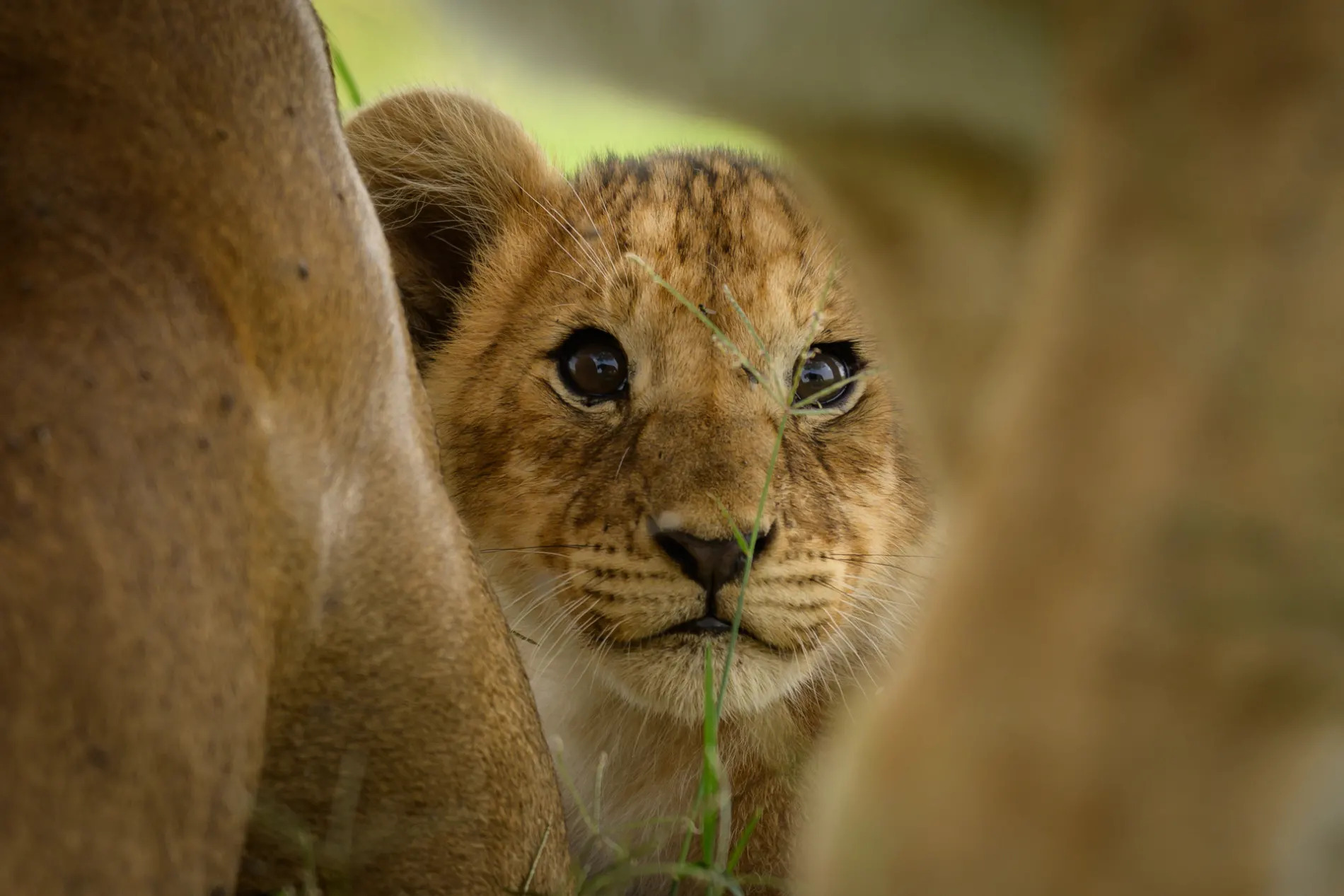
Further south in the Mara Triangle and my favourite lion pride, The Sausage Tree Pride, is in fine form. Cubs, cubs and more cubs. There is nothing sweeter to photograph. I love the natural framing here created by the two adult lionesses on either side of the cub. Please don’t comment on the location of the one blade of grass. There is always one. [f 5.6, 1/500, ISO 400, +0.67]
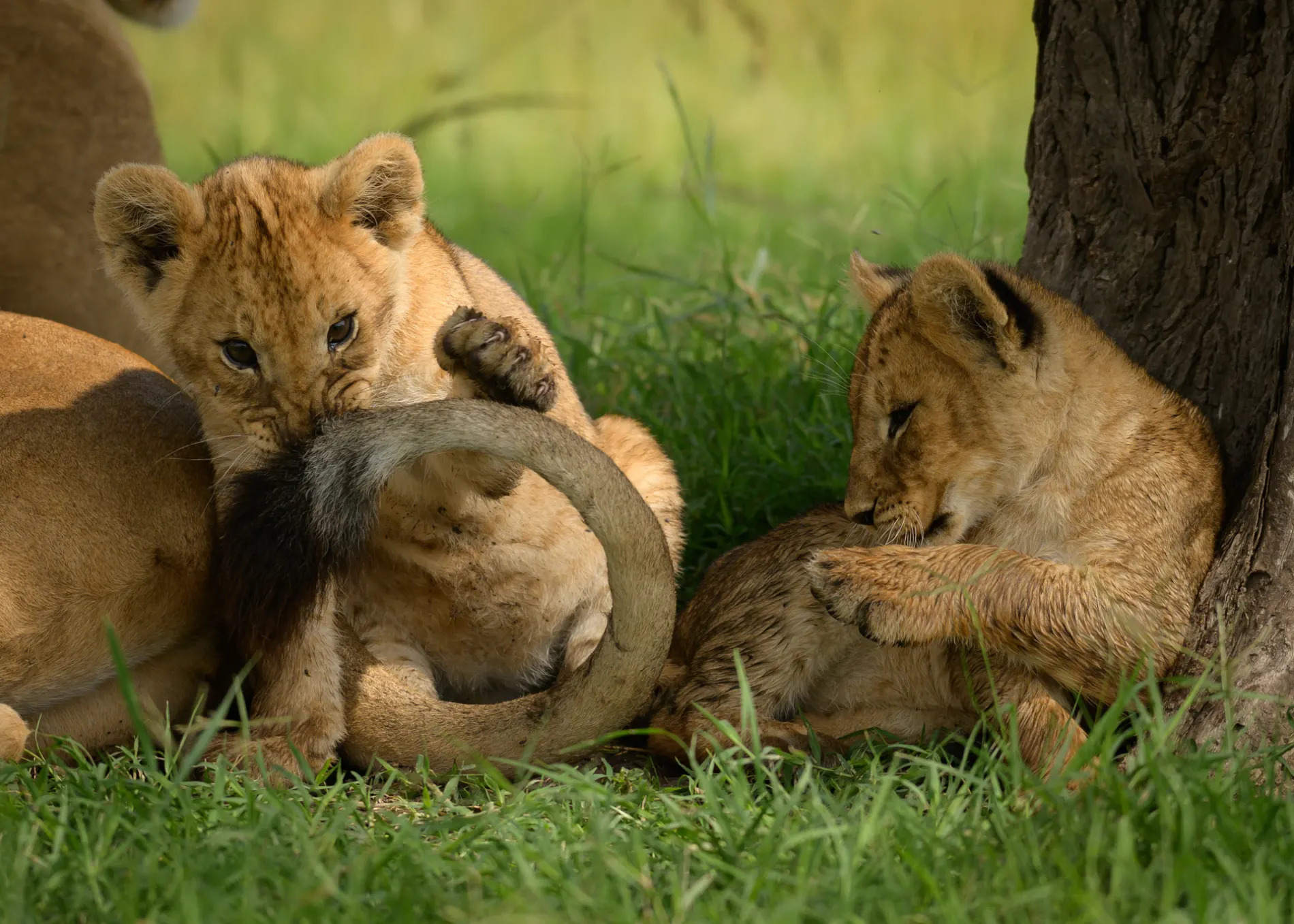
Playtime for the Sausage Tree Pride. With as many as 10 cubs at the moment, this pride has the makings of becoming one of the Mara’s highlights over the next few years. [f 5.6, 1/1000, ISO 400, +0.67]
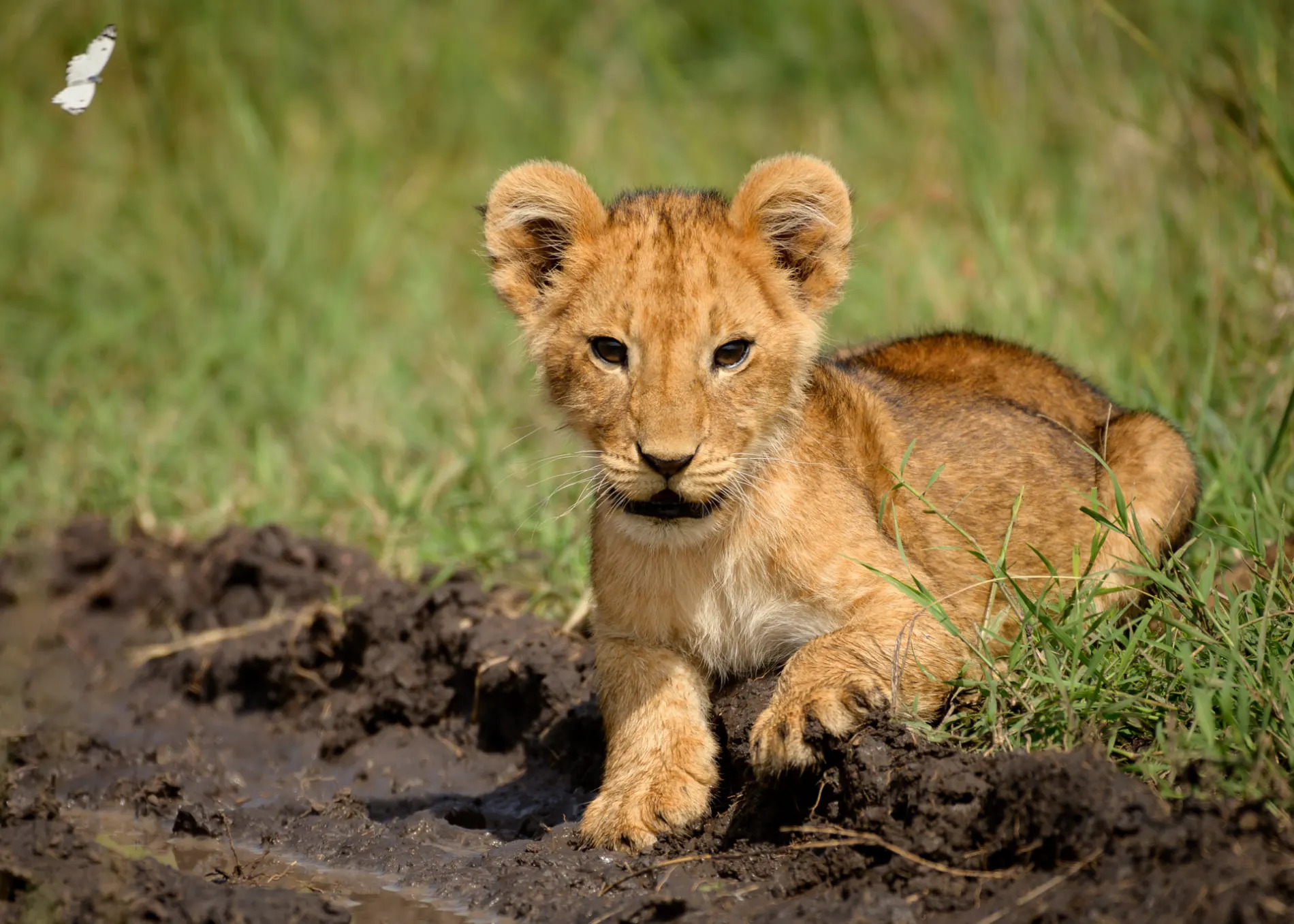
This is one from the same set of cubs we found for the first time on the drive in mid-January we did to commemorate Steve Fitzgerald’s last drive. The cubs have grown a little, but are still very young and cute. I love the butterfly in the top left corner. [f 5.6, 1/1600, ISO 500]
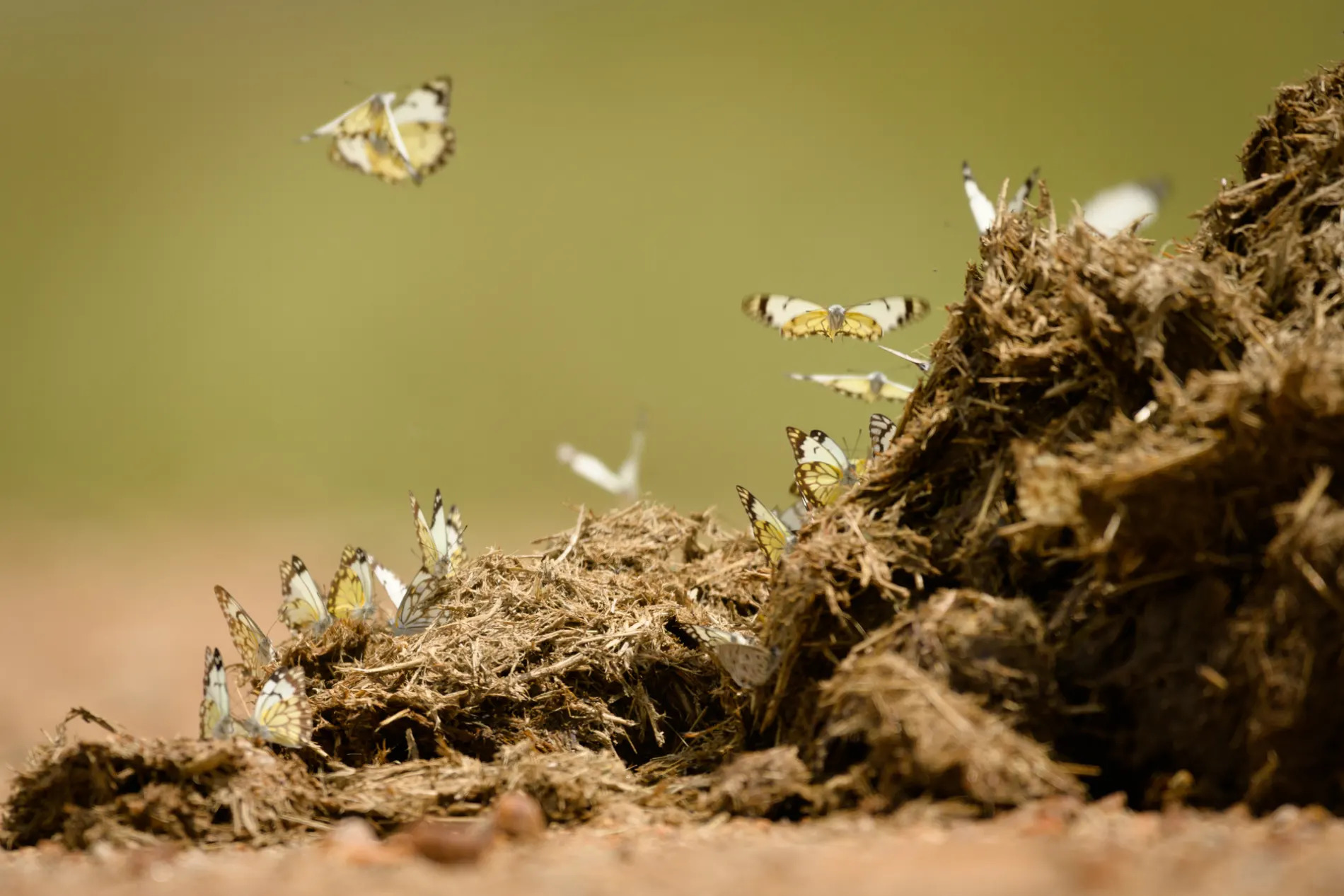
At this time of the year, butterflies are abundant. They tend to congregate around elephant droppings as they are rich in salts and minerals. [f 5.6, 1/1250, ISO 250]
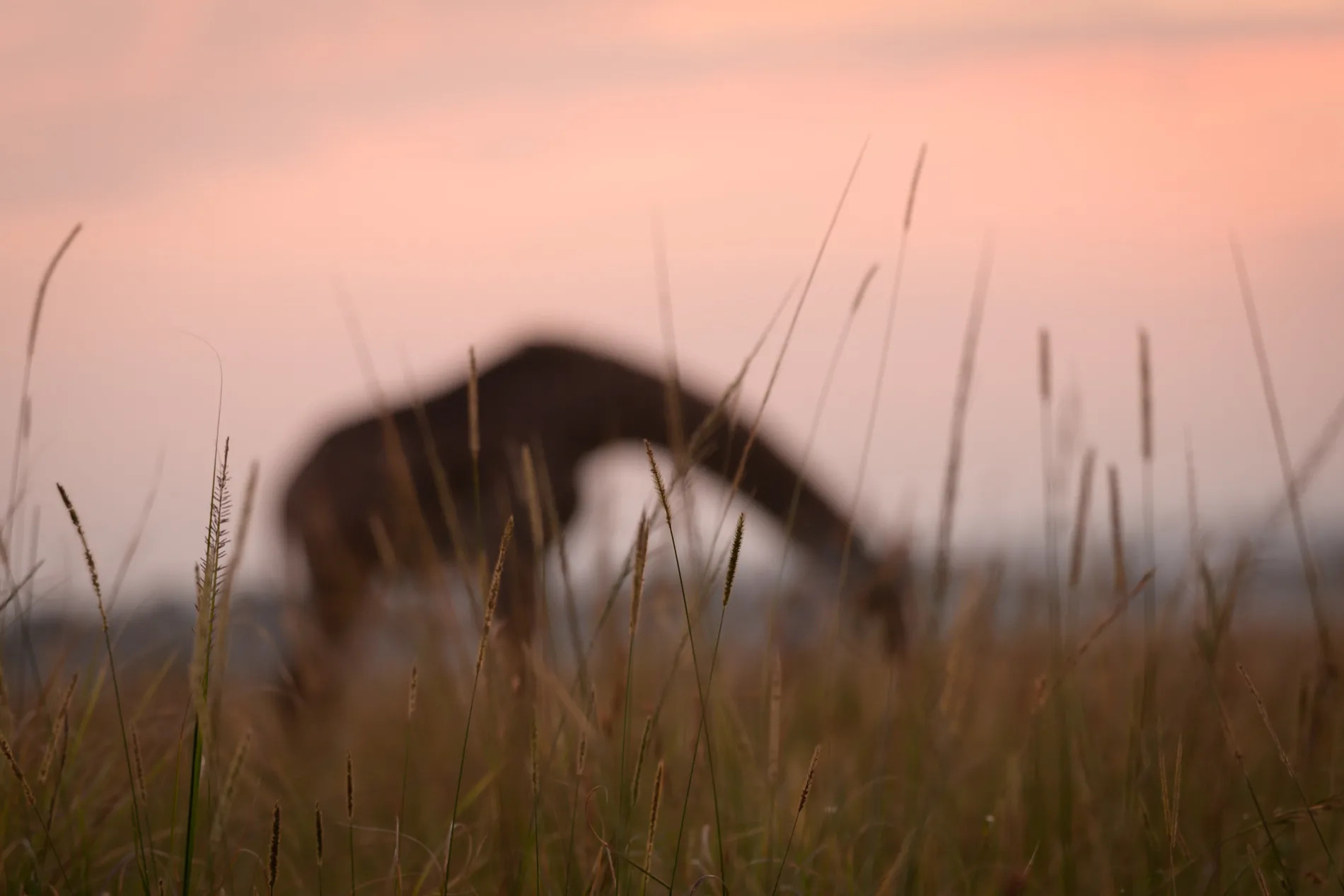
Giraffe are notoriously difficult to photograph. The result is that I always try more abstract approaches; looking for new ways to shoot these animals. [f 5.6, 1/60, ISO 640]
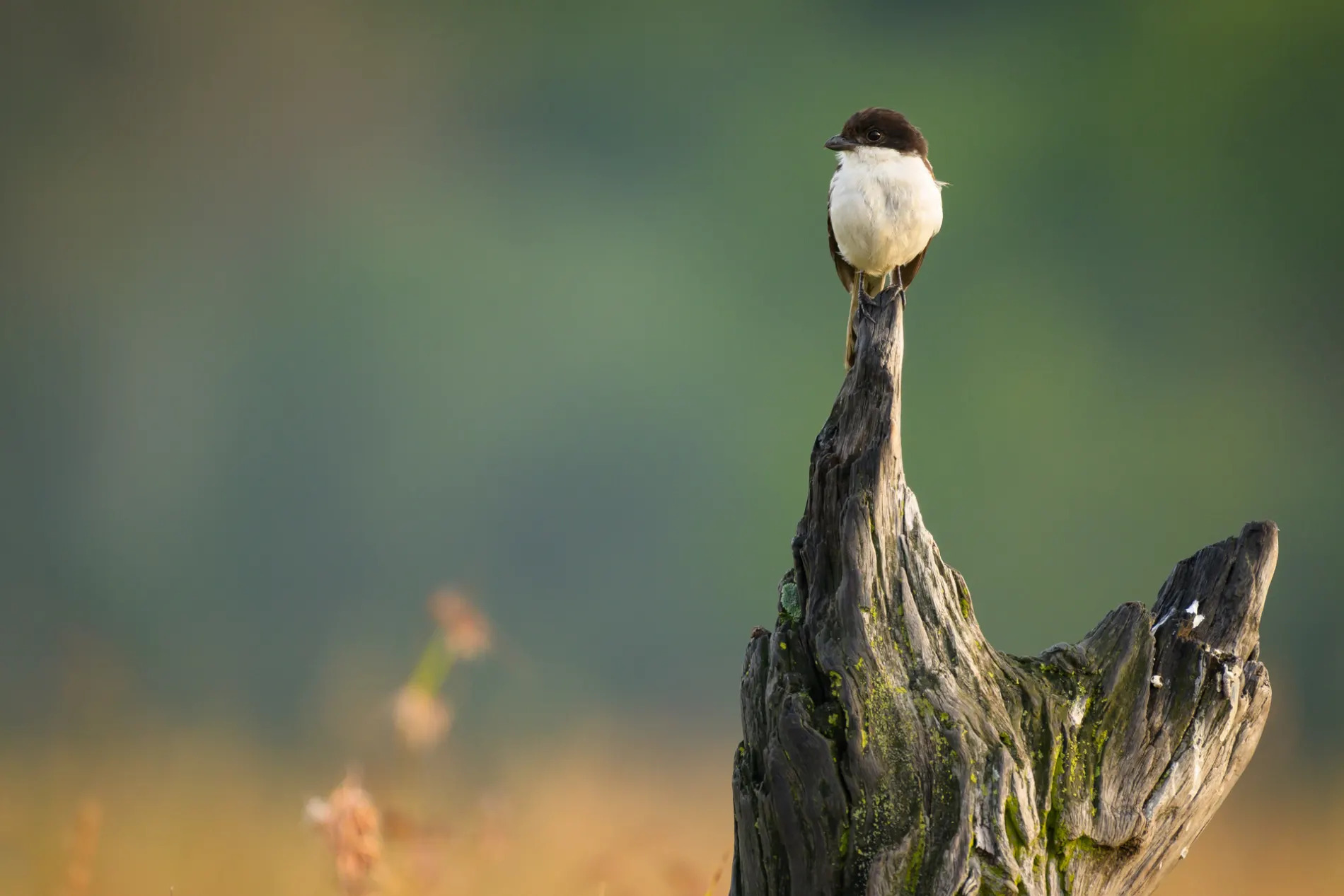
A common fiscal is often overlooked and I believe this may be a TWAA debut for this shrike species. My advice for almost all bird photography is to try keep the background as simple and non-distracting as possible. [f 5.6, 1/320, ISO 1600]

On this specific occasion I could not concentrate on the simple background, instead having to make the most of capturing the vibrant colours of this yellow-throated longclaw. [f 5.6, 1/1000, ISO 800, +0.33]
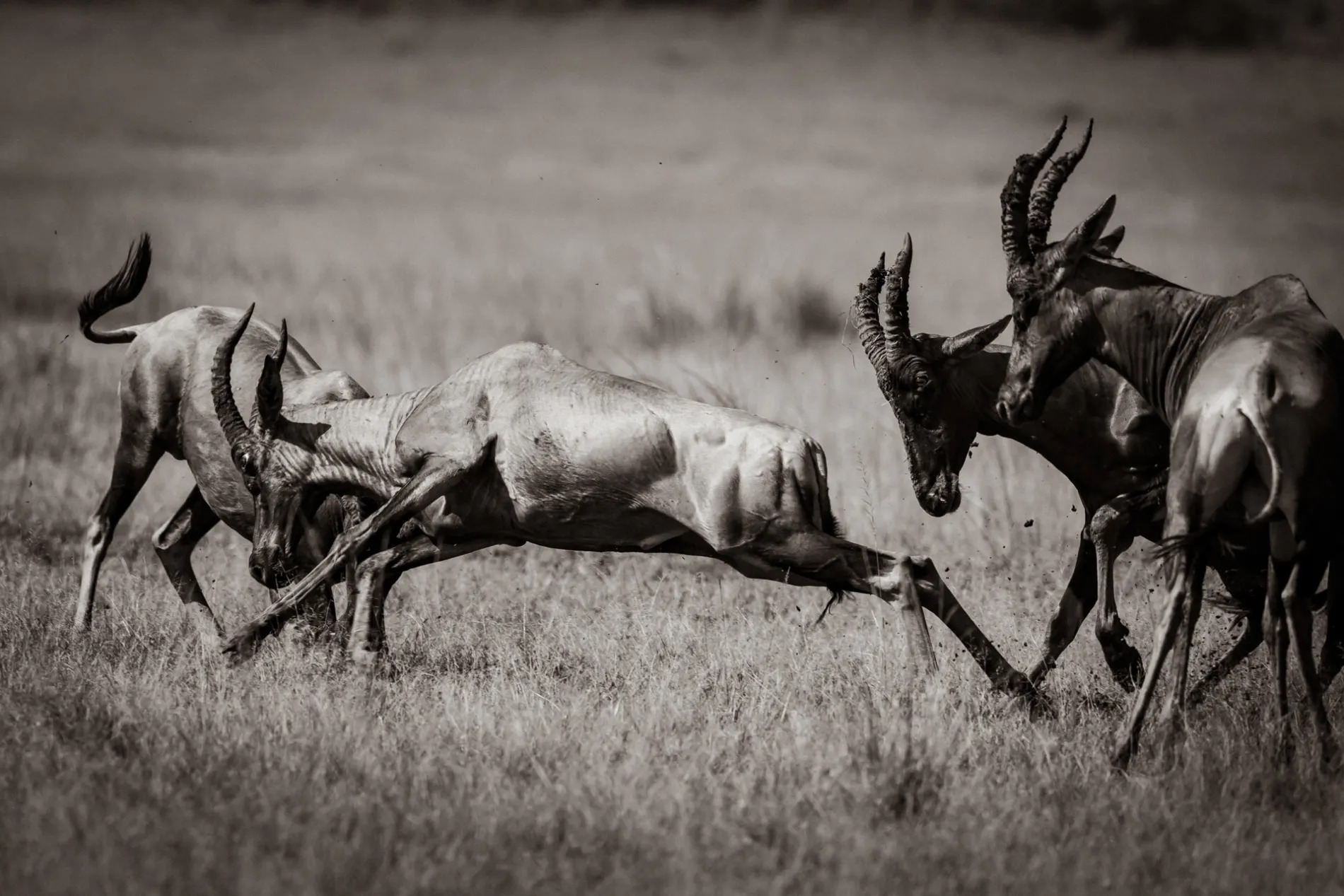
I was driving through the Paradise Plains area and came across about seven topi fighting. They were running all over the place and chasing each other. When I reviewed the image, I thought it a timeless scene and so played around in Lightroom with a sepia conversion as I wanted the picture to look old. [f 7.1, 1/800, ISO 250]

Much to the dismay of Nicky Fitzgerald, I have removed the passenger door of my car, replacing it with a simple piece of canvas which I can roll up. The reason: it allows me to get down low which is the only way to get a shot like this. [f 5.6, 1/800, ISO 1600]

Eye-to-eye with Africa’s most misunderstood carnivore. [f 5.6, 1/1250, ISO 1600]
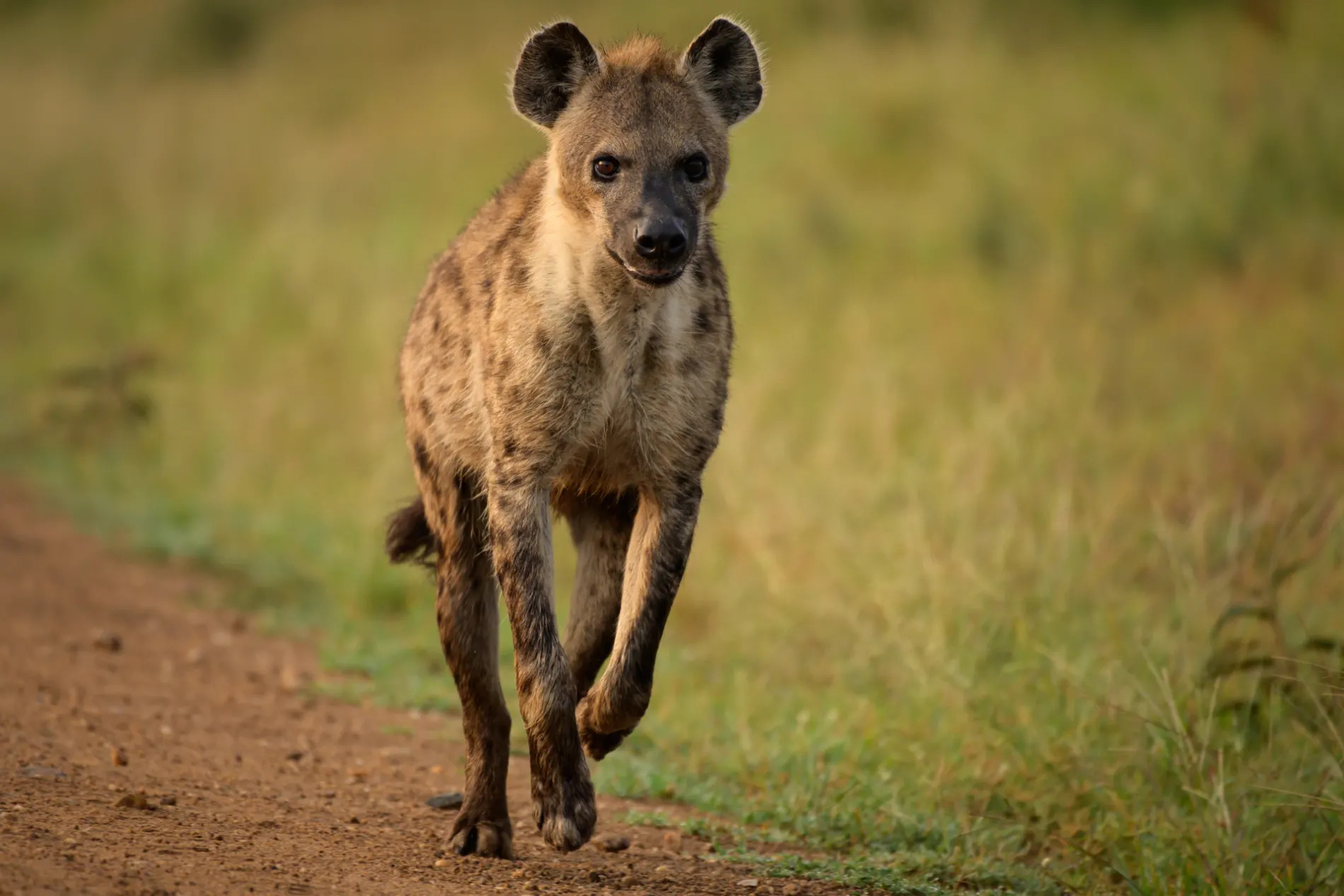
A clan of seven hyena were clearly on the scent of something. I followed them for about five kilometres before finally losing them in a riverine forest. The early morning light was poor and so I had to push the ISO up in order to get a decent shutter speed. In retrospect I could have gone higher. [f 5.6, 1/320, ISO 1600]
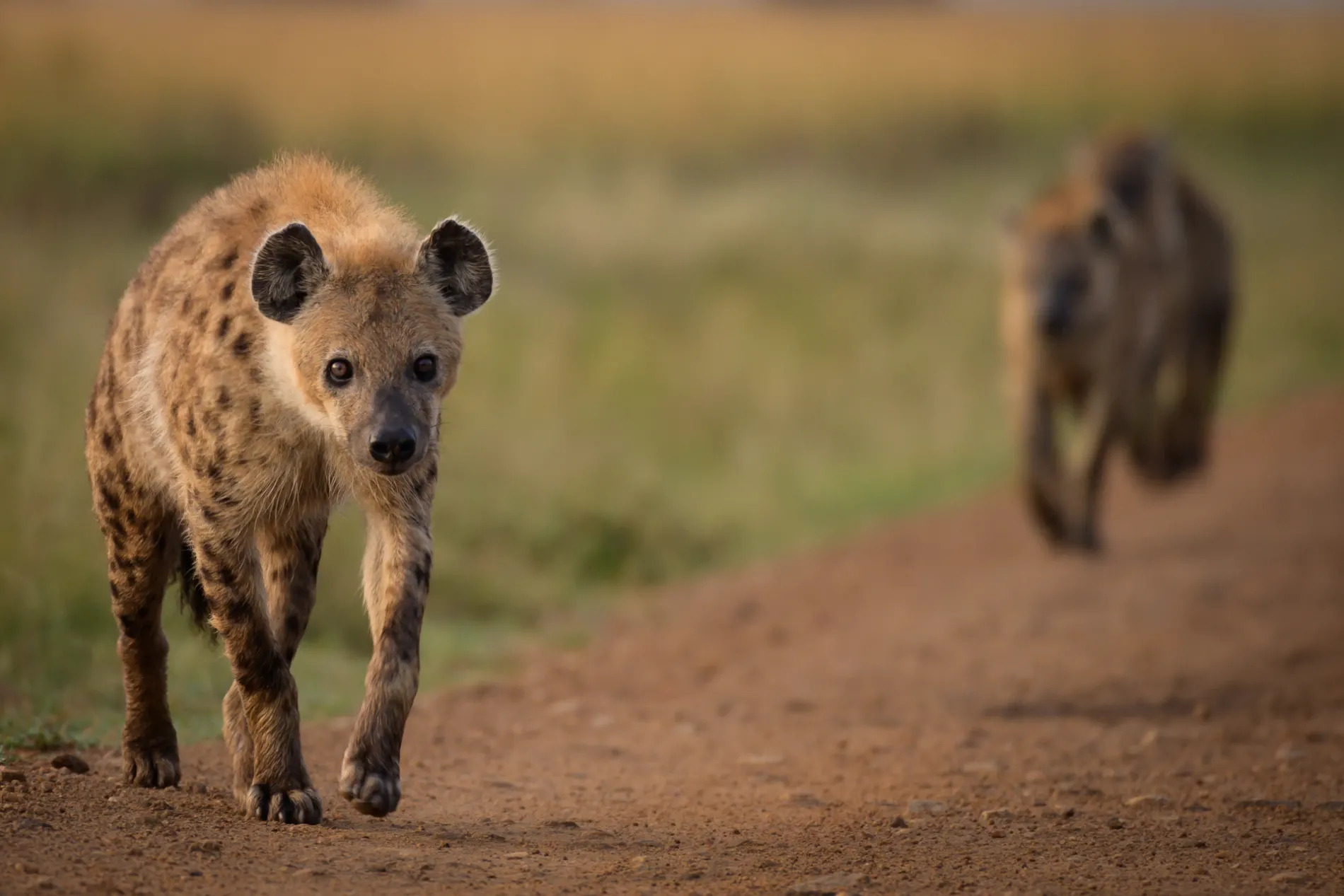
A wide aperture (small F number) gives a shallow depth of field. [f 5.6, 1/100, ISO 1000]
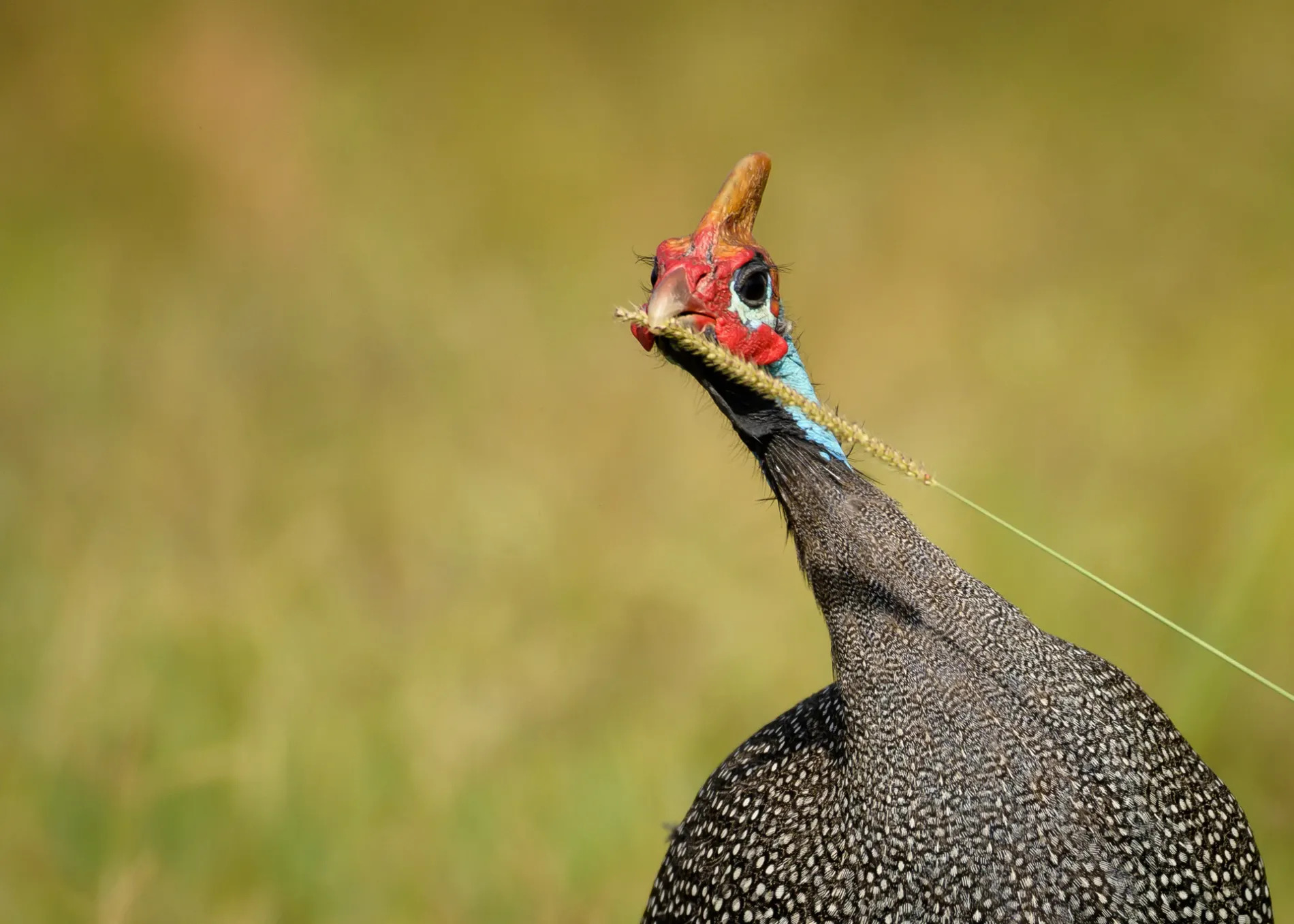
Photography forces you to look at the finer details. [f 5.6, 1/2000, ISO 500, +0.33]
THIS WEEK A YEAR AGO
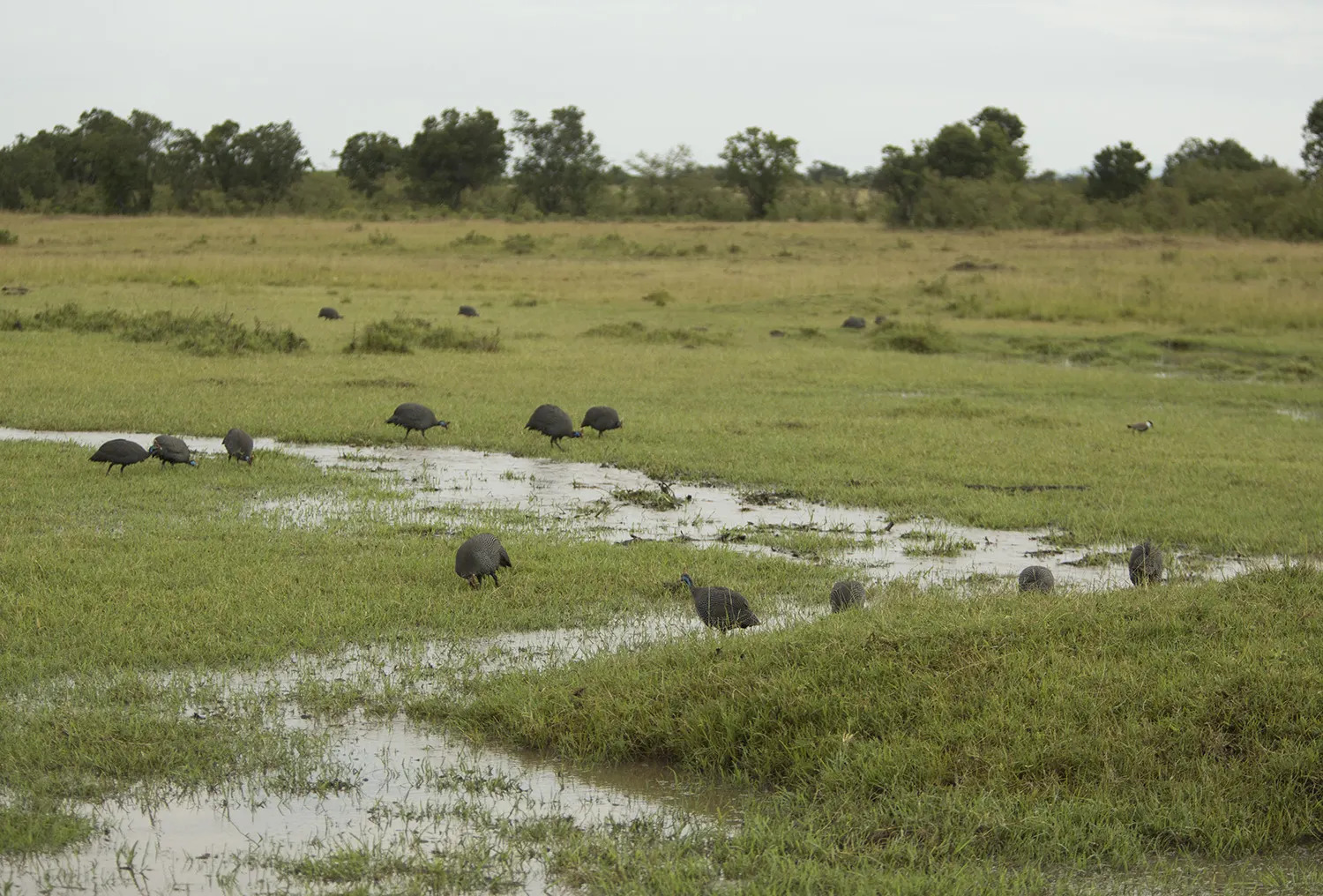
The recent rains this week, and the sudden abundance of guineafowl, made me think back to a drive exactly 365 days ago when I marvelled at a huge flock of guineafowl feeding in the waterlogged grass. It’s gently reassuring to see that some things don’t change. [f 4.0, 1/2500, ISO 400]
TAGGED WITH: Birds, Ballooning, Angama Mara, Mara Triangle, Mara Magic, Hot Air Balloon, mara river, Wildlife Photography, Photographic Safari, Bird Photography, This Week At Angama, Lions of the Mara



COMMENTS (3)
Kristina Trowbridge
March 8, 2019I keep wanting to press the like and the love buttons after every single photo! The Maasai Mara never disappoints!
REPLYNicky Fitzgerald
March 15, 2019We couldn’t agree more – thanks so much for your lovely message
REPLYRICHARD Kitheka
March 15, 2019EXCELLENT pictorials of the Mara oxbow lakes and the close up shots of lions, lionesses and cubs. I absolutely love Adam Bannister’s work at Angama Mara. Kudos!
REPLY